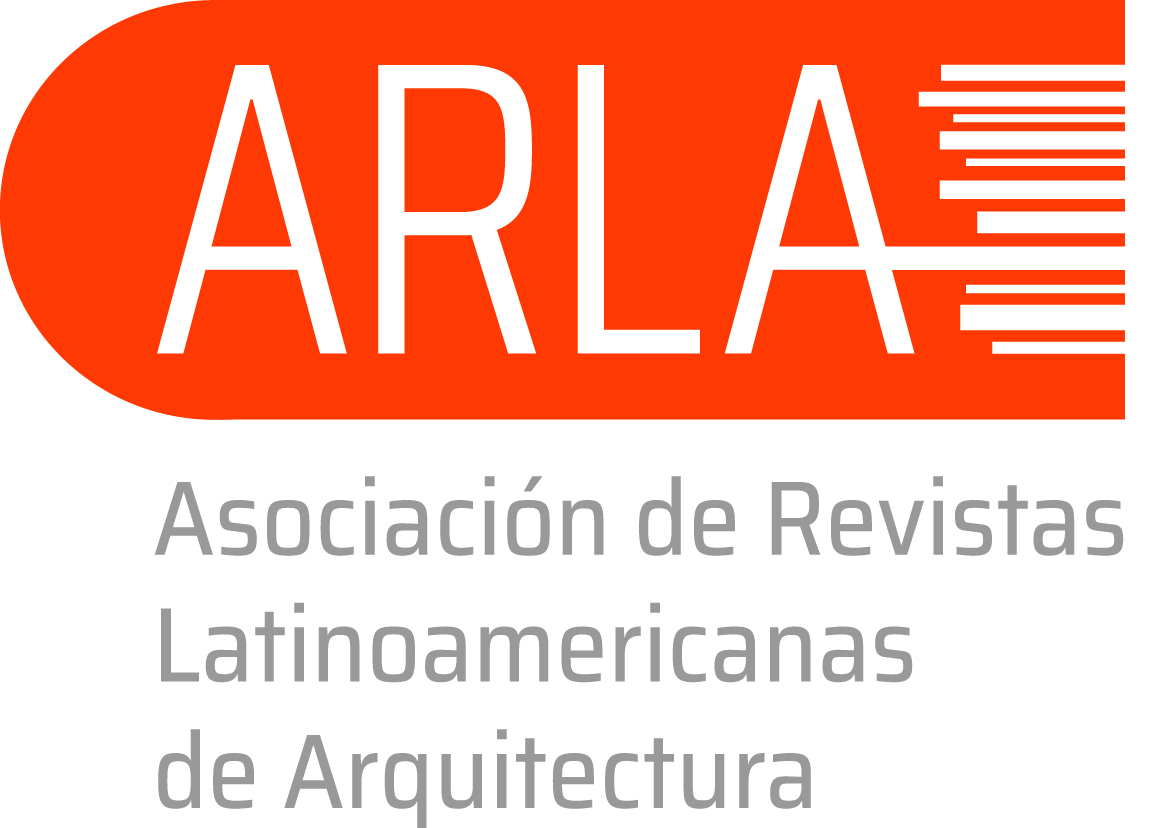Between tradition and comfort: the rural habitat as a livable shelter
DOI:
https://doi.org/10.56294/la2026293Keywords:
Habitat, Comfort, Rural housing, Rural context, Living spacesAbstract
Objective: To analyze the design of rural housing at a global level, focusing on the integration of thermal comfort and habitat characteristics, adapting to local climatic conditions through bioclimatic, vernacular and sustainable approaches. Architectural strategies in different regions are reviewed, highlighting the importance of adaptive solutions that consider cultural, environmental and socioeconomic factors.
Methodology: This is an exploratory narrative review of the scientific literature between 2021 and 2024, using databases such as Scielo, Google Scholar, Scopus and ScienceDirect. Key terms related to architecture, housing and comfort were applied, and exclusion criteria were applied to obtain a final corpus of 25 relevant articles.
Results: Traditional architectural forms are suitable for each local climate and vernacular architecture is a valuable resource for the occurrence of thermal comfort, although it faces challenges in the face of modernization and climate change, and barriers such as lack of awareness, clear policies, accessible financing and technical training to implement sustainable technologies are identified.
Conclusions: Rural dwellings face challenges related to thermal comfort, habitability and sustainability, conditioned by climatic, cultural and socioeconomic factors, and that the combination of vernacular and bioclimatic approaches, together with sustainable technologies, is key to improve the quality of life in rural communities.
References
1. Carrera, L., Brullet, N., Capomaggi, J., Santacana, A., Devesa, R., Rosselló, G., Romero, E., & Ortega, L. (2024). The impact of architecturally qualified data in deep learning methods for the automatic generation of social housing layouts. Automation in Construction, 158. https://doi.org/10.1016/j.autcon.2023.105238
2. Therán Nieto, K. R., & Rodríguez Potes, L. (2018). Hábitat sostenible: Adaptación y mitigación frente al cambio climático. Hacia los territorios resilientes. Módulo Arquitectura - CUC, 21(1), 63–96. https://doi.org/10.17981/moducuc.21.1.2018.03
3. Li, Y., Xu, B., & Liu, Y. (2024). A Study on the Visual Comfort of Urban Building Colors under Overcast and Rainy Weather. Buildings, 14(6). https://doi.org/10.3390/buildings14061552
4. Toala-Zambrano, Luiggy Andrés, Vanga-Arvelo, María Giuseppina, Muñoz-Molina, José Gregorio, & Zambrano-Quiroz, Folke Nevaldo. (2021). Percepción del Confort Térmico en Conjuntos Residenciales y su Incidencia en la Calidad de Vida. Revista Lasallista de Investigación , 18 (1), 34-47. Publicación electrónica del 9 de marzo de 2022. https://doi.org/10.22507/rli.v18n1a3
5. Hincapié Hernández, L, Sttor Alfonso, V, Fernández Contreras, J y Cabas García, M. (2020). Hibridación de espacios: el edificio hidrido como unidad integral de habitat. Universidad de la Costa. https://hdl.handle.net/11323/6272
6. Lárraga, R. (2014). Componentes de sostenibilidad de la vivienda tradicional en el ámbito rural de la Región Huasteca de San Luis Potosí: hacia una arquitectura rural sustentable. San Luis Potosí, México: Universidad autónoma de San Luis Potosí.
7. Marincic Lovriha, I. (2022). Una revisión sobre la isla de calor urbana y sus particularidades en zonas desérticas de México. Vivienda Y Comunidades Sustentables, (12), 9–25. https://doi.org/10.32870/rvcs.v0i12.196
8. Aguillón-Robles, J., Arista-González, G., & Cataño-Barrera, A. (2021). Comportamiento térmico de la vivienda rural, Microrregión Huasteca Norte, San Luis Potosí, México. Legado De Arquitectura Y DiseñO, 15(28), 102-111. doi:10.36677/legado.v15i28.14598
9. Zhong, W., Pan, Y., Xiao, W., & Zhang, T. (2023). Identifying bioclimatic techniques for sustainable low-rise high-density residential units: Comparative analysis on the ventilation performance of vernacular dwellings in China. Journal of Building Engineering, 80. https://doi.org/10.1016/j.jobe.2023.108008
10. Rocha, L., Póvoas, R. F., & Restivo, J. (2023). The Right to Comfort in Social Housing: Energy and Thermal Performances as Parameters of a Systemic Analysis. Buildings, 13(5). https://doi.org/10.3390/buildings13051173
11. Remesar, A. (2017). Decoro urbano. Apuntes de ida y vuelta sobre Arte, Espacio Público y ambientes urbanos de calidad. MODULO ARQUITECTURA-CUC, vol. 19, no. 1, pp. 9-20. DOI: 10.17981/mod.arq.cuc.19.1.2017.01
12. Callejas-Ochoa, L. F., Marín-Echeverri, M., Puerta-Sepúlveda, M. S., Arroyave-Molina, V., & Neves, M. S. (2023). CLIMATE CHANGE AND THERMAL COMFORT IN COLOMBIAN SOCIAL HOUSING | MUDANÇA CLIMÁTICA E CONFORTO TÉRMICO EM HABITAÇÕES SOCIAIS COLOMBIANAS | CAMBIO CLIMÁTICO Y CONFORT TÉRMICO EN LA VIVIENDA DE INTERÉS SOCIAL COLOMBIANA. Habitat Sustentable, 13(1), 68–83. https://doi.org/10.22320/07190700.2023.13.01.06
13. Mahmoud, R. S., Dagher, S. A., & Youssef, P. (2024). Flooded architecture as an adaptation tool for climate change impact—a case study of possible interpretation in Egypt. Innovative Infrastructure Solutions, 9(5). https://doi.org/10.1007/s41062-024-01474-w
14. Sharma, A., Mohapatra, S., Pawar, T., & Ji, S. (2023). Aligning the Criteria of UNSDG’s Goal 11 with Vernacular Habitats of North-East India. In Smart Innovation, Systems and Technologies (Vol. 342). https://doi.org/10.1007/978-981-99-0264-4_98
15. Ajayi, T. O., Ajayi, T. O., Adhuze, O. O., & Daramola, O. T. (2023). A Review of Sustainable Design for Low-Income Housing in Nigeria The Federal Polytechnic Ado-Ekiti A Review of Sustainable Design for Low-Income Housing in Nigeria. Architecture Research, 2(2), 33–44. https://doi.org/10.5923/j.arch.20231302.01
16. Memmott, P., Lansbury, N., Nash, D., Snow, S., Redmond, A. M., Burgen (Waanyi), C., Matthew, P., Quilty, S., & Frank (Warumungu), P. N. (2024). Housing Design for Health in a Changing Climate for Remote Indigenous Communities in Semi-Arid Australia. Architecture, 4(3), 778–801. https://doi.org/10.3390/architecture4030041
Published
Issue
Section
License
Copyright (c) 2026 Olmar Reymer Tumbillo Machacca, Juan Alberto Almirón Cuentas, David Hugo Bernedo-Moreira, Rafael Romero-Carazas (Author)

This work is licensed under a Creative Commons Attribution 4.0 International License.
The article is distributed under the Creative Commons Attribution 4.0 License. Unless otherwise stated, associated published material is distributed under the same licence.






